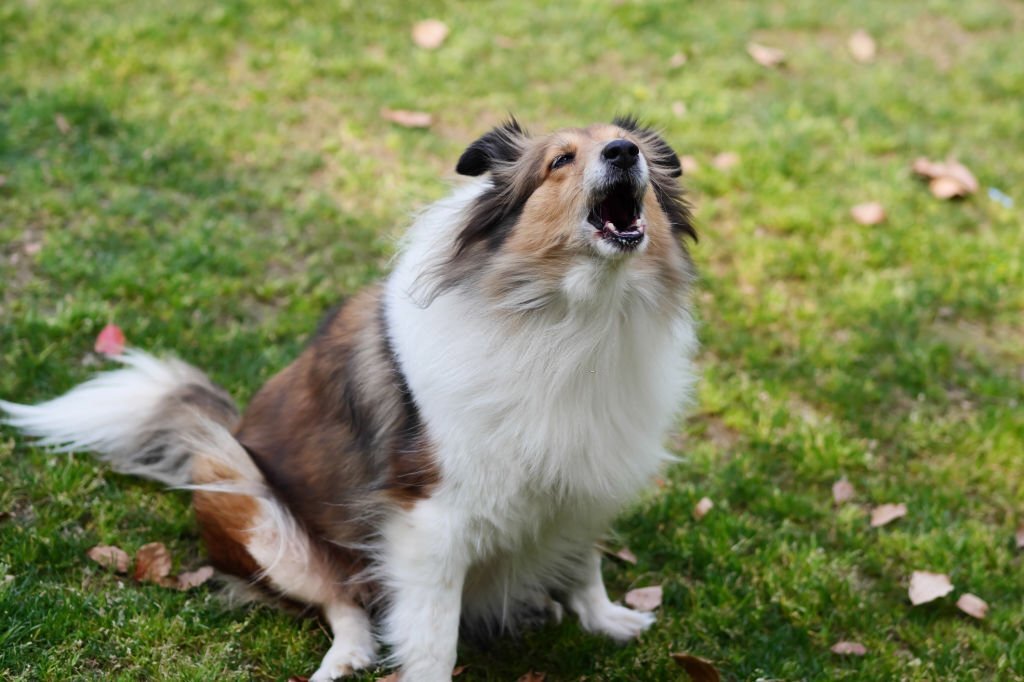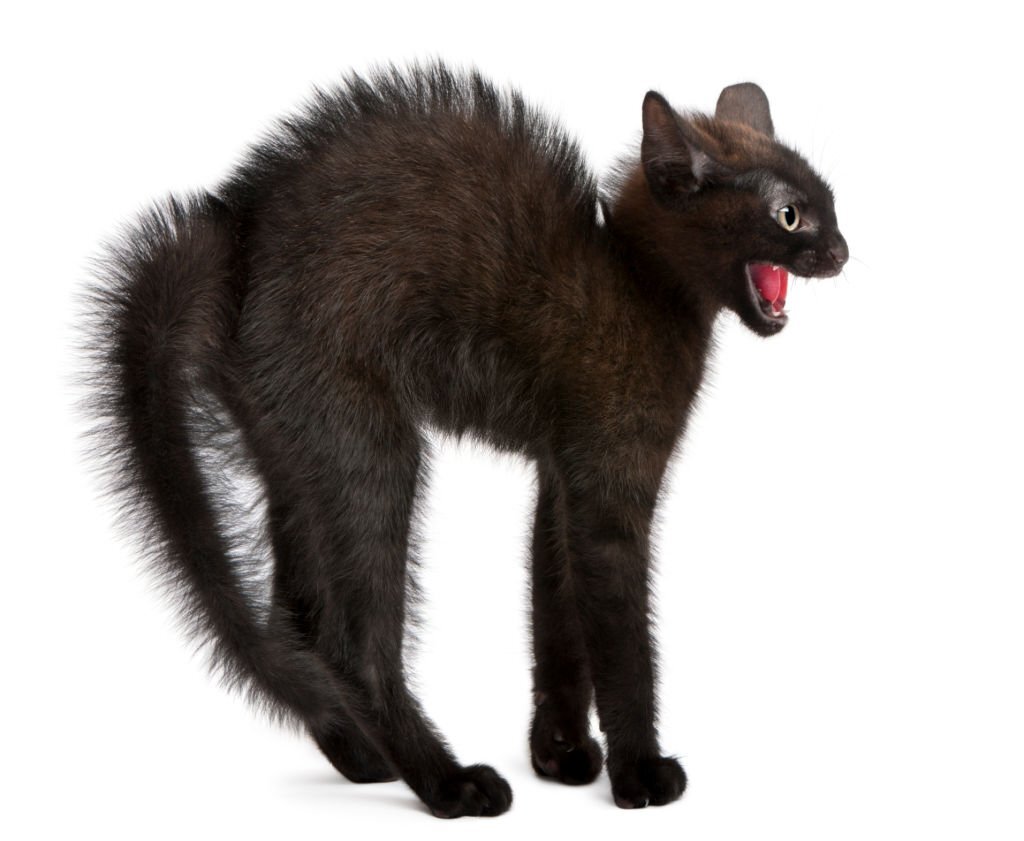Fear is important and natural in both humans and animals; it is an adaptive response for safety and survival. We can recognise fear in our pets when they hear a sudden loud noise for example, or when a bigger dog or cat exhibits aggressive behaviour which results in a fight, flight, or freeze response from your pet. Unlike anxiety, fear takes place in the moment – thus it is a present response through direct exposure with a stimulus – or one that is associated with another fearful stimulus (in simple terms, something that is associated with an already established fear).
Anxiety has a precise function – preparing your pet for the anticipation of a threat – thus the body will produce a similar response as seen in actual fear. So, we can understand the difference like this: fear is present-based, anxiety is future-based and anticipatory. In some circumstances, anxiety may be helpful. However, profound anxiety can lead to unhealthy and even dangerous behaviours, so it is important for us to recognise signs of anxiety, so we know how to best help our beloved pets.

Anxiety in dogs
Anxiety in dogs can be both easy and difficult to recognise in their body language and behaviour. It’s important to know that your pooch could be displaying one or several types of signs:
The most common behaviours associated with anxiety in dogs are:
- Elimination: urination and/or bowel movements (especially diarrhoea)
- Destruction
- Excessive vocalisation (barking, whining, and crying)
- Excessive panting and/or pacing may also be observed
Other clinical signs of anxiety can include:
- Trembling and tail-tucking
- Hiding
- Reduced activity
- Defensive aggression: barking, biting, and growling
- Restlessness (this can look like they are excited)
- Passive and active escape behaviour
- Lesions due to excessive biting and licking
- Tail-chasing and circling
- Digging
Separation anxiety is a common disorder in companion dogs. This is observed when dogs are left alone for a period of time and they exhibit anxiety behaviours or even ones of distress. This can include:
- Whining before you leave
- Barking and howling in your absence
Anxious behaviour can also be displayed when your pooch encounters a phobia – such as fireworks or storms. As anxiety is an anticipatory reaction, a dog may begin to display anxious behaviour when they predict a storm for example.

Causes of anxiety in dogs:
Triggers for anxiety are based on the individual, but it can be prompted by a variety of stimuli. These can include:
- Separation anxiety (many causes, such as history of abandonment, experiencing prior neglect, being rehomed, etc)
- Phobias and past panic-inducing situations
- Age-related health conditions (such as dementia)
- Other health conditions
- Improper socialisation
Anxiety in cats:
Anxiety in cats is often more difficult to recognise. Here are the signs to look out for:
- Hiding
- Excessive vocalisation
- Salivation/drooling
- Excessive grooming and possible resultant lesions
- Increased dilation of pupils, or fully dilated
- Crouching and leaning away
- Increased respiratory rate
- Raised fur
- Ears pressed back
- Passive and active escape behaviour
- Decreased appetite
- Hypervigilance
- Aggression
- Diarrhoea
- Failure to use the litter box

Causes of anxiety in cats:
- Trauma
- Illness or physical pain
- Separation anxiety (many causes, such as history of abandonment, experiencing prior neglect, being rehomed, etc)
- Improper socialisation
What you can do to help your pet:
It is important to first rule out any other conditions that could be the cause of your pet’s behaviour, so taking them to the vet is important. This applies to cats especially, who tend to hide their pain. A veterinarian will be able to perform a physical exam, blood tests, urine tests, and any other necessary procedures. This will rule out any medical issues as well as behavioural issues. From there, a diagnosis can be made and your vet can talk to you about introducing treatments. Treatment can include:
- Supplements
- Anxiety medication
- Short-acting medication for phobias
- Behaviour modification (such as desensitisation, counter-conditioning, and positive reinforcement training)
Contact us
If you have any concerns or further questions about your pet please book in for a consultation online or by calling our awesome reception team on 9369-1822.

